The late 1990s were a unique time for suburban America, characterized by specific architectural styles, retail landscapes, and cultural trends. While many suburban areas across the country have evolved significantly since then, some states still retain a noticeable 1990s flavor in their suburban sprawl. This can manifest in housing designs, the prevalence of certain chain stores, and even the general pace of development. For those who remember the era, visiting these states can evoke a strong sense of nostalgia.
1. Indiana
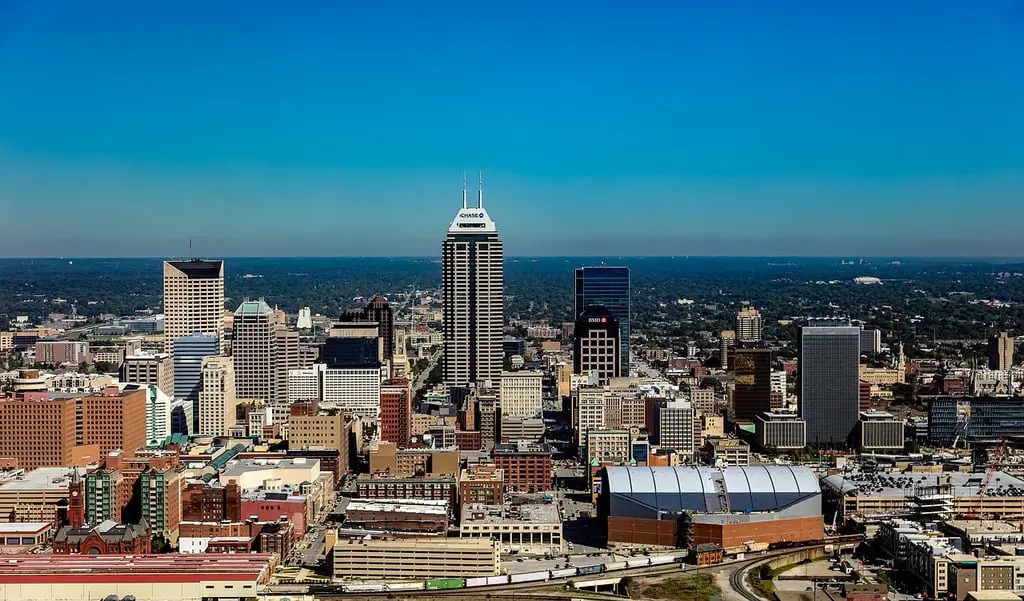
Indiana’s suburbs, especially those surrounding Indianapolis and smaller industrial towns, often retain a noticeable late 1990s suburban feel. According to research from the Indiana Business Research Center at Indiana University, the housing market in the late 90s saw significant growth in traditional suburban developments with similar architectural styles. The retail landscape in many of these areas still features the large chain stores and familiar restaurant brands that were prevalent during that era.
The more moderate pace of economic growth in some parts of Indiana compared to coastal states might have contributed to a slower rate of change in its suburban areas. This can result in a visual and commercial environment that feels more aligned with the late 1990s suburban experience.
2. Pennsylvania
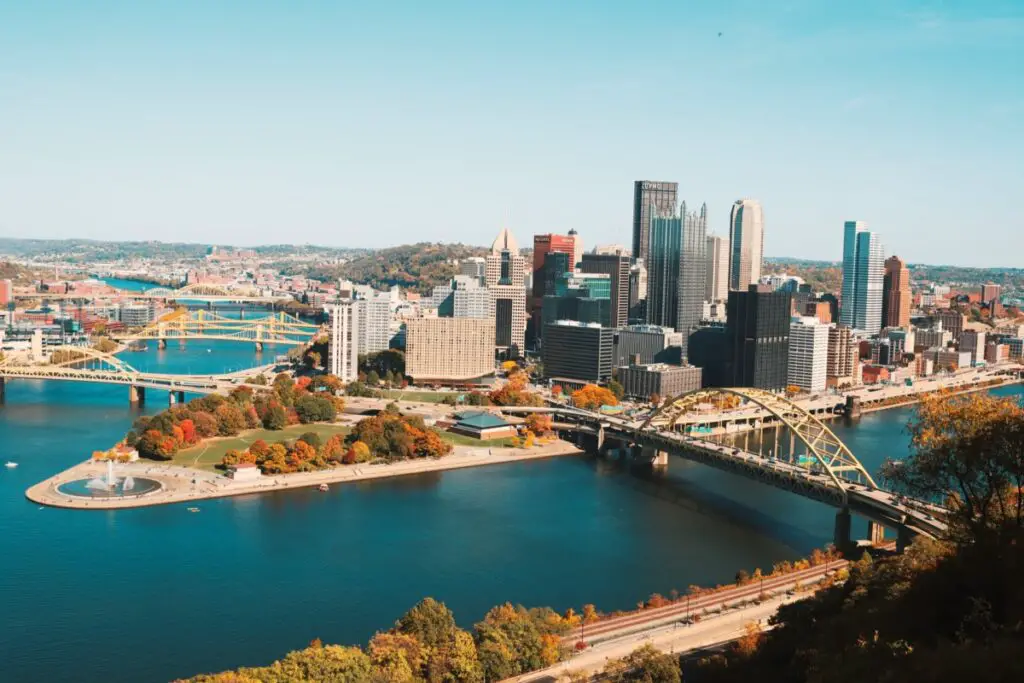
Pennsylvania’s suburbs, particularly those surrounding older industrial cities, often retain a mid-to-late 1990s aesthetic in their housing developments and strip malls. According to a report by the Pennsylvania State Data Center, many housing starts in the late 90s favored traditional colonial and neo-eclectic styles, which are still prevalent in many suburban areas. The retail landscape in some of these suburbs also features a strong presence of the big-box stores that defined the era.
The pace of new development in some Pennsylvania suburbs has been slower compared to booming regions in other states, contributing to the preservation of this 90s feel. The architectural styles, characterized by brick facades and predictable layouts, along with the established retail corridors, can create a sense of stepping back in time for those familiar with the era.
3. Ohio
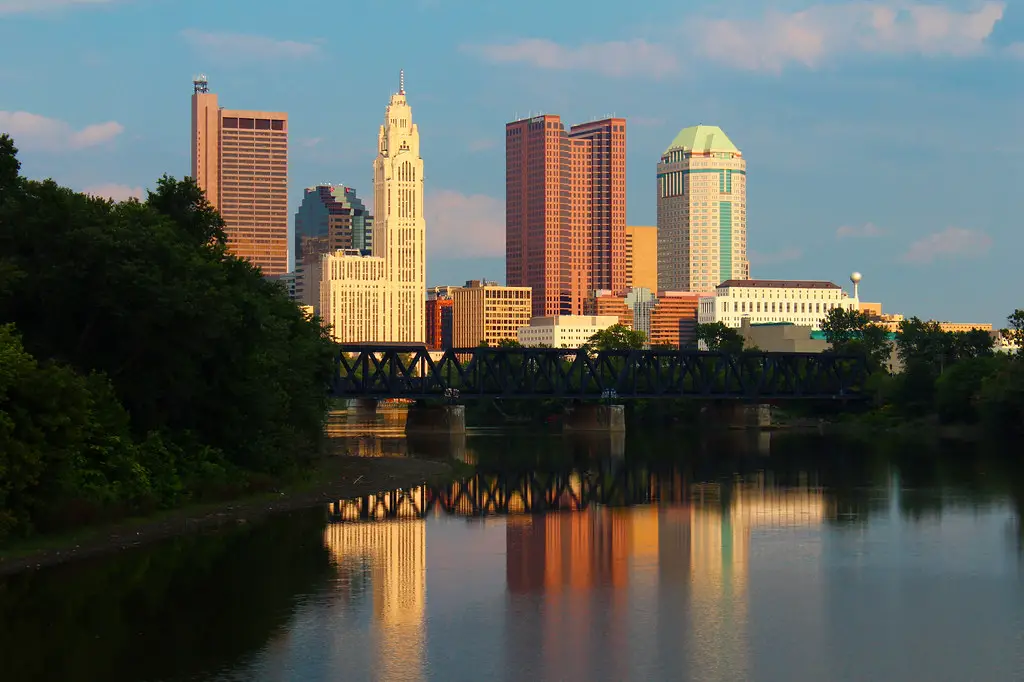
Ohio’s suburban areas, especially those outside major cities like Columbus and Cleveland, often exhibit characteristics reminiscent of the late 1990s. As noted in an analysis by the Ohio Housing Finance Agency, the housing boom of the late 90s resulted in the construction of numerous subdivisions featuring similar architectural styles, often with vinyl siding and predictable floor plans. The retail scene in some of these suburbs still features the prominent chain restaurants and stores that were popular during that decade.
The economic shifts in some parts of Ohio may have also contributed to a more gradual pace of change in certain suburban areas. This slower evolution can mean that the visual and commercial landscape retains more of the feel of the late 1990s, from the types of cars on the road to the signage of local businesses.
4. Michigan
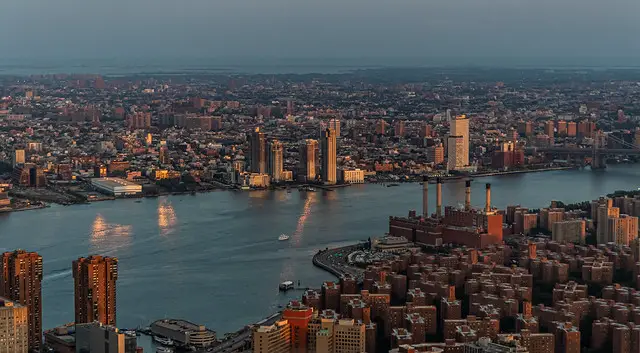
Suburban Michigan, particularly areas developed during the housing boom of the late 1990s, still showcases many of the architectural trends of that time. Ranch-style homes with attached garages and two-story colonials were common, as highlighted by data from the Michigan State Housing Development Authority. The retail corridors in some of these suburbs are also populated with the familiar big-box retailers and chain restaurants that were dominant in the late 90s.
The automotive industry’s fluctuations in Michigan may have influenced the pace of development in some suburban areas, leading to a less rapid transformation compared to states with more diversified economies. This can result in a landscape that feels more anchored in the styles and commercial establishments of the late 1990s.
5. West Virginia
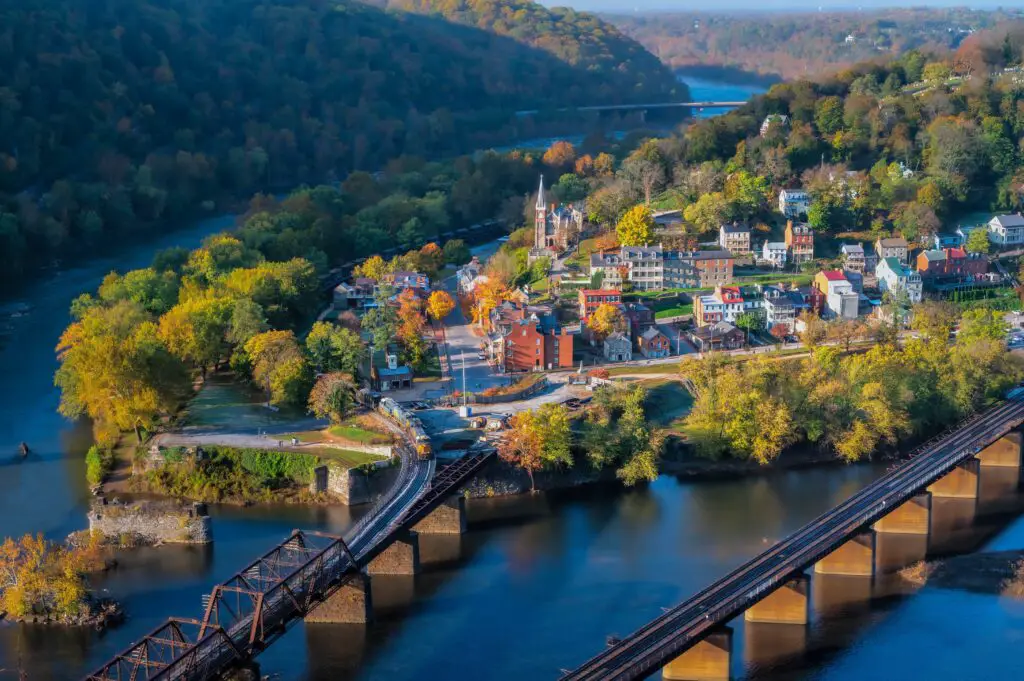
West Virginia’s suburban areas, while less extensive than in more populous states, often retain a late 1990s feel in their development patterns and retail offerings. The housing styles in some of these areas may reflect the trends of that era, and the pace of new construction might have been more gradual. The retail sector might also feature a higher proportion of established, long-standing businesses.
The economic conditions in West Virginia may have contributed to a slower rate of change in its suburban areas, preserving some of the characteristics that were common in the late 1990s.
6. Kentucky
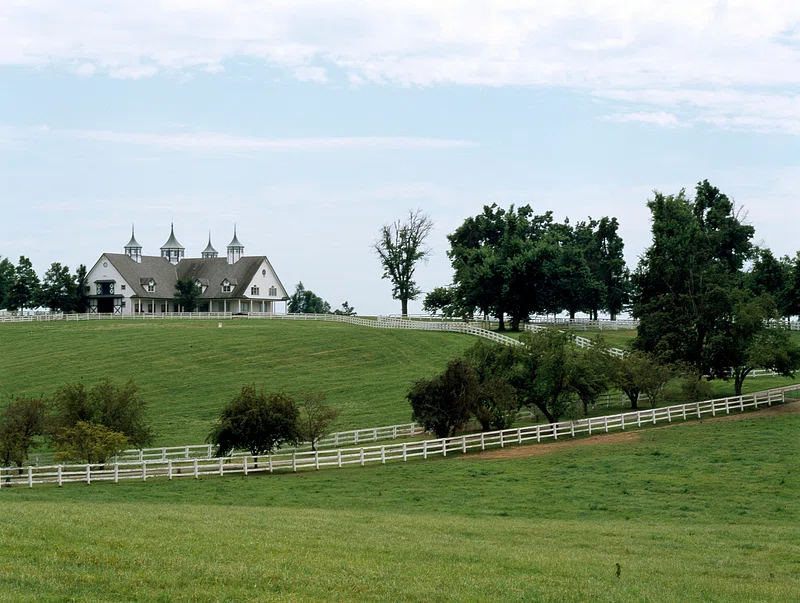
Suburban Kentucky, particularly around cities like Louisville and Lexington, can still evoke a sense of the late 1990s in certain neighborhoods and commercial areas. The architectural styles of homes built during that period, along with the types of retail establishments, might still be prominent.
The pace of development in some Kentucky suburbs might have been less rapid than in more booming regions, contributing to the preservation of some 1990s suburban characteristics.
7. Tennessee
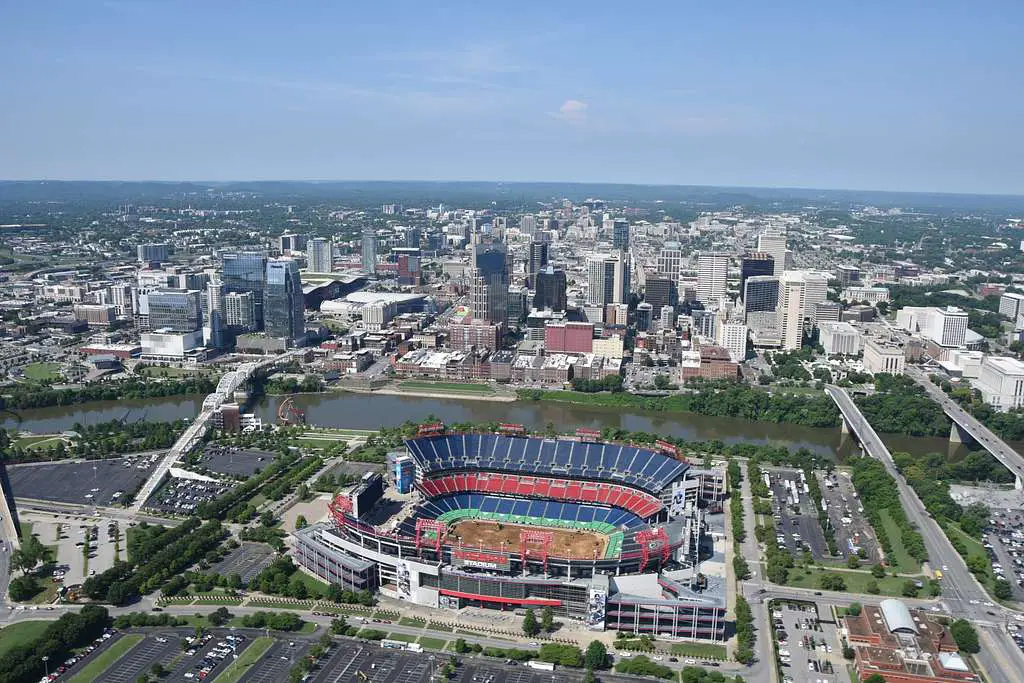
Suburban Tennessee, especially areas outside of Nashville’s rapid growth, can still feel somewhat rooted in the late 1990s in terms of housing styles and retail landscapes. The prevalence of certain types of shopping centers and the architectural design of homes built during that era can contribute to this feeling.
The varying rates of growth across Tennessee’s suburban areas might mean that some regions have retained more of the characteristics of the late 1990s.
8. Alabama
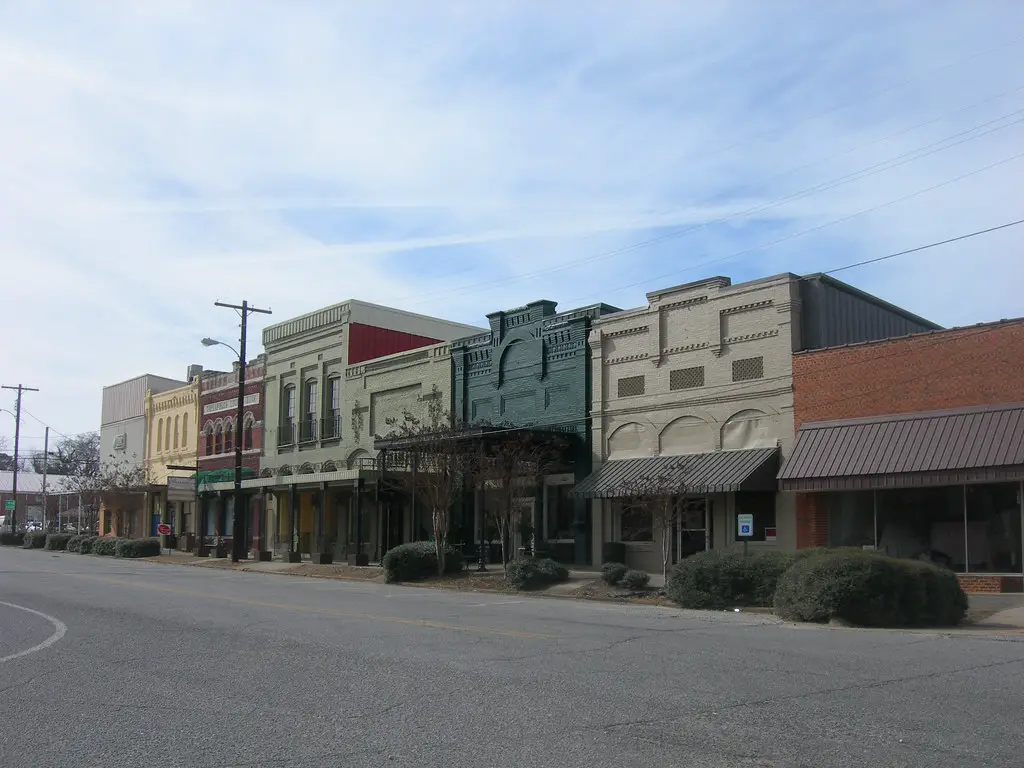
Suburban Alabama, particularly around cities like Birmingham and Huntsville, can still exhibit some of the development patterns and architectural styles that were common in the late 1990s. The retail sector in some of these areas might also feature a strong presence of long-established chains.
The pace of change in some Alabama suburbs might have been more moderate, leading to the preservation of certain aspects of the late 1990s suburban experience.
9. Mississippi
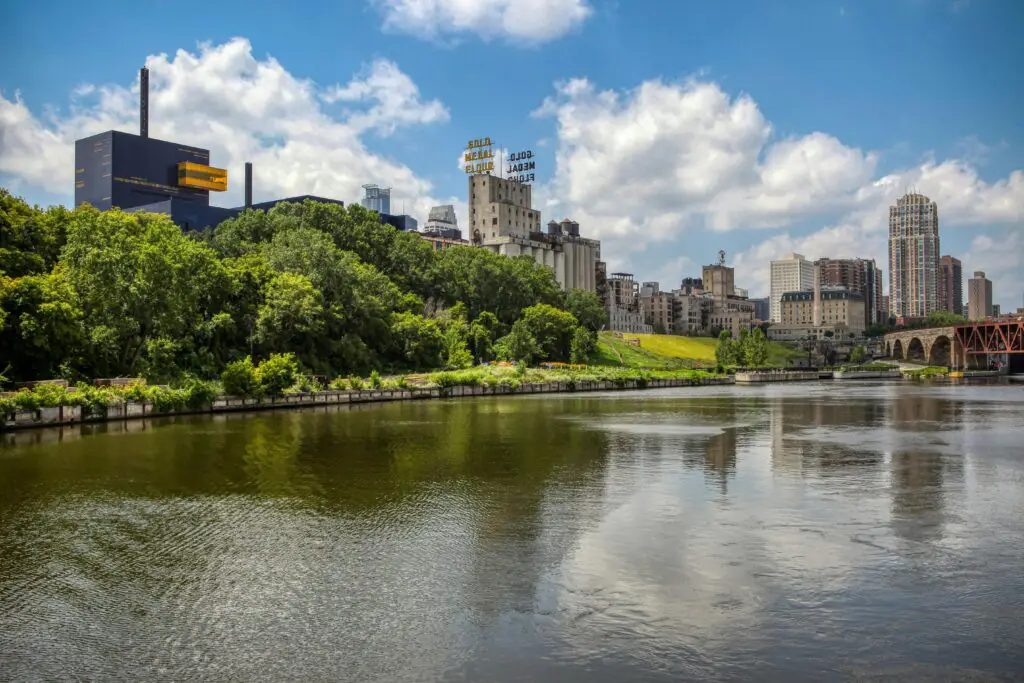
Suburban Mississippi, while not as densely populated as in some other states, can still retain a late 1990s feel in its housing and commercial developments. The architectural styles and the types of businesses present might reflect the trends of that era.
The economic landscape of Mississippi might have contributed to a slower rate of change in its suburban areas.
10. Arkansas
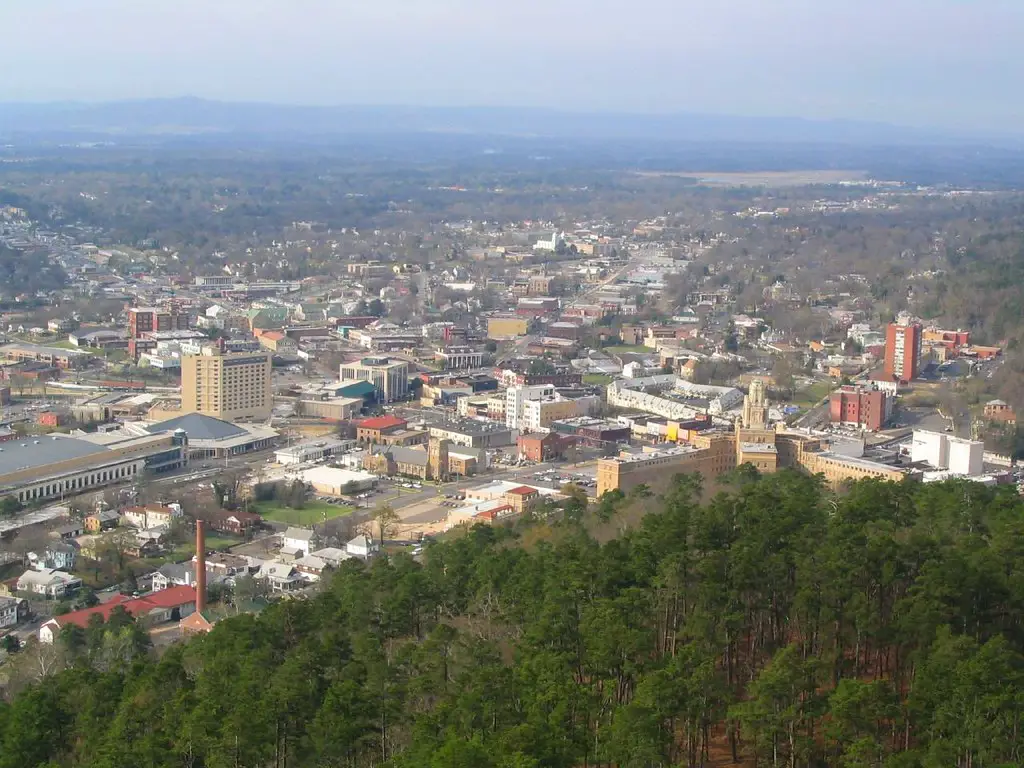
Suburban Arkansas, especially around Little Rock and Fayetteville, can still have pockets that feel reminiscent of the late 1990s in their housing styles and retail offerings. The pace of new development might have been more gradual in some areas.
The development patterns in some Arkansas suburbs might mean that the look and feel of the late 1990s are still noticeable.
11. Louisiana
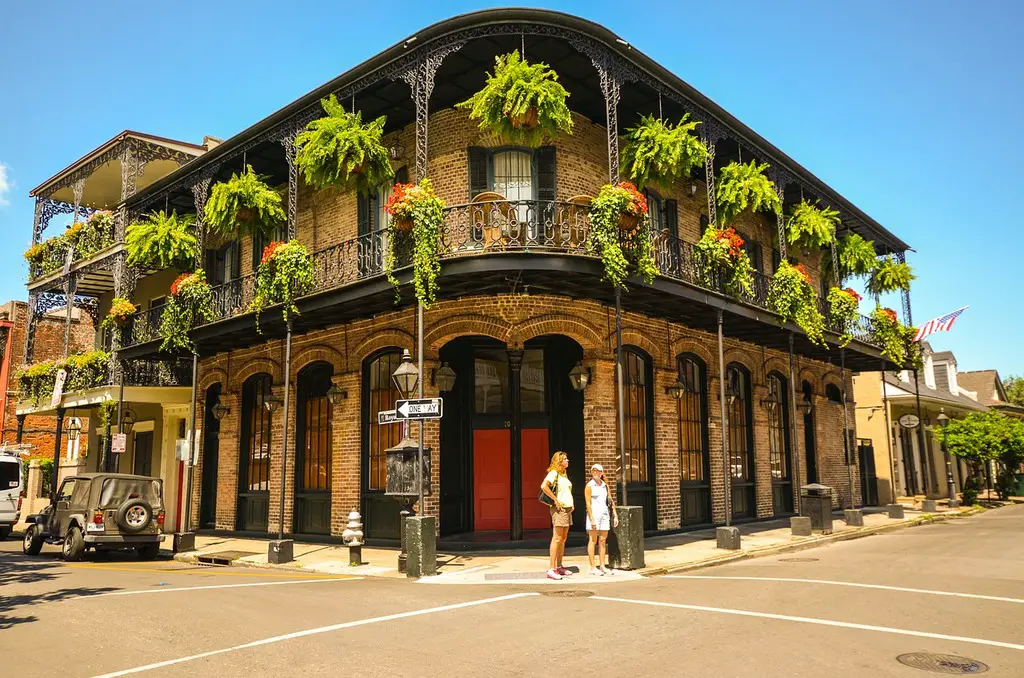
Suburban Louisiana, particularly outside of the immediate New Orleans metropolitan area, can still exhibit some characteristics of late 1990s suburban development in its housing and commercial areas. The architectural styles and the types of businesses present might reflect that era.
The economic and development history of some Louisiana suburbs might have contributed to a slower rate of change.
12. Oklahoma
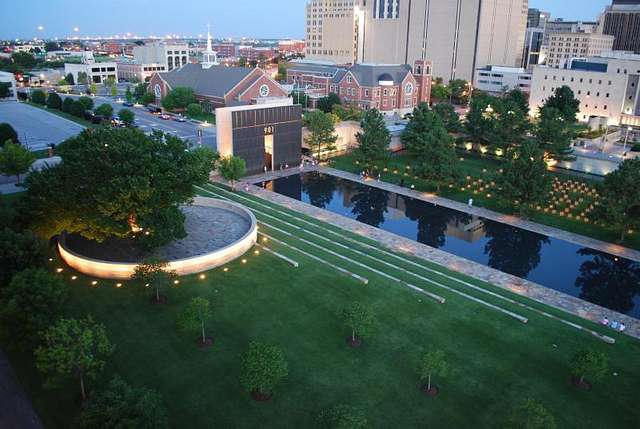
Suburban Oklahoma, especially around Oklahoma City and Tulsa, can still have areas that feel like they are rooted in the late 1990s in terms of housing styles and retail landscapes. The pace of new development might have been more moderate in some regions.
The development patterns in some Oklahoma suburbs might mean that the visual and commercial environment retains more of a late 1990s feel.
13. South Carolina
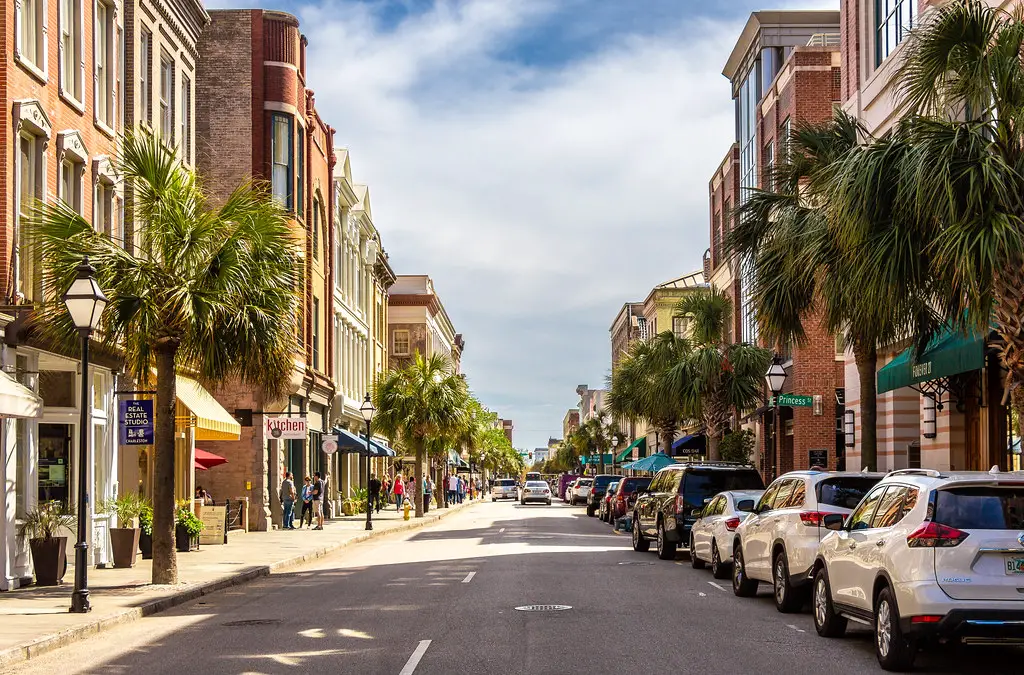
Suburban South Carolina, particularly outside of the rapidly growing Charleston and Greenville areas, can still retain a late 1990s suburban aesthetic in some of its housing developments and commercial strips. The architectural styles and the types of businesses might reflect that era.
The varying rates of growth across South Carolina’s suburban areas might mean that some regions have retained more of the characteristics of the late 1990s.
